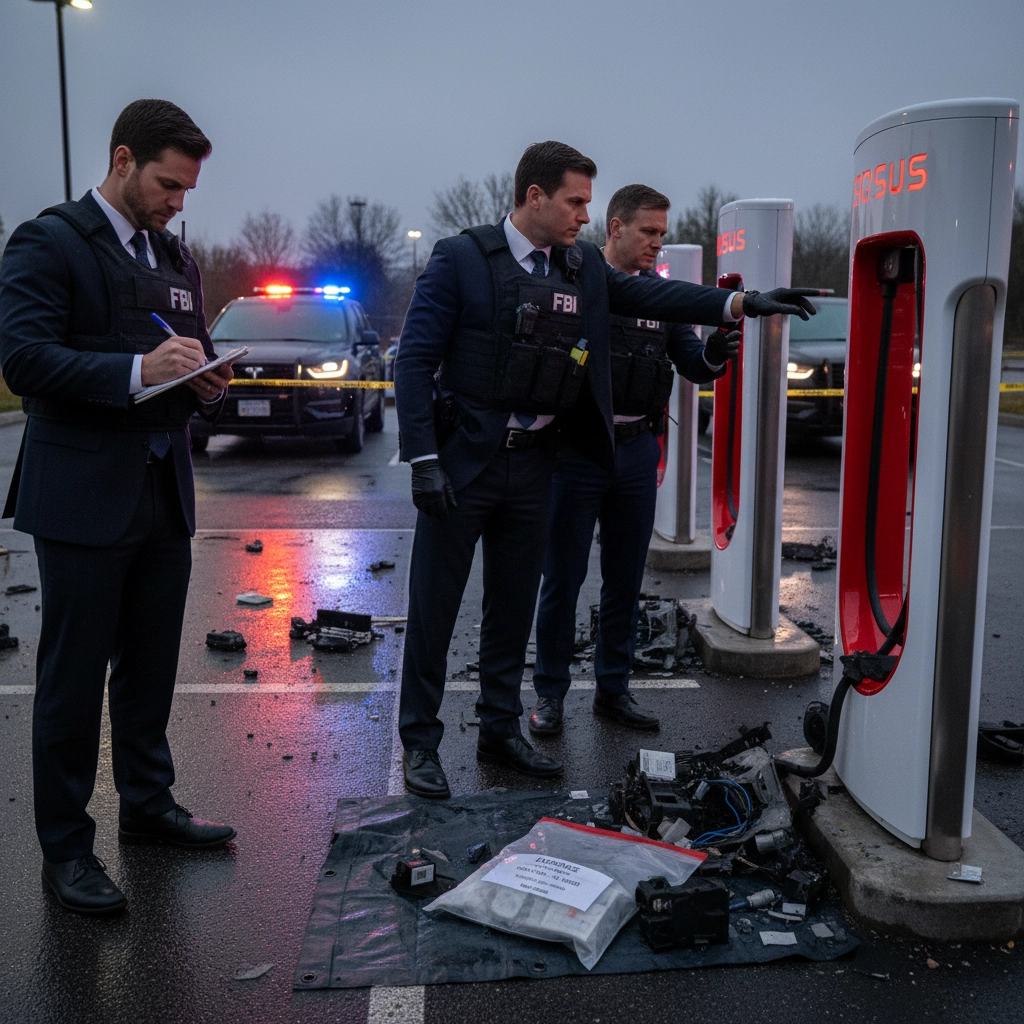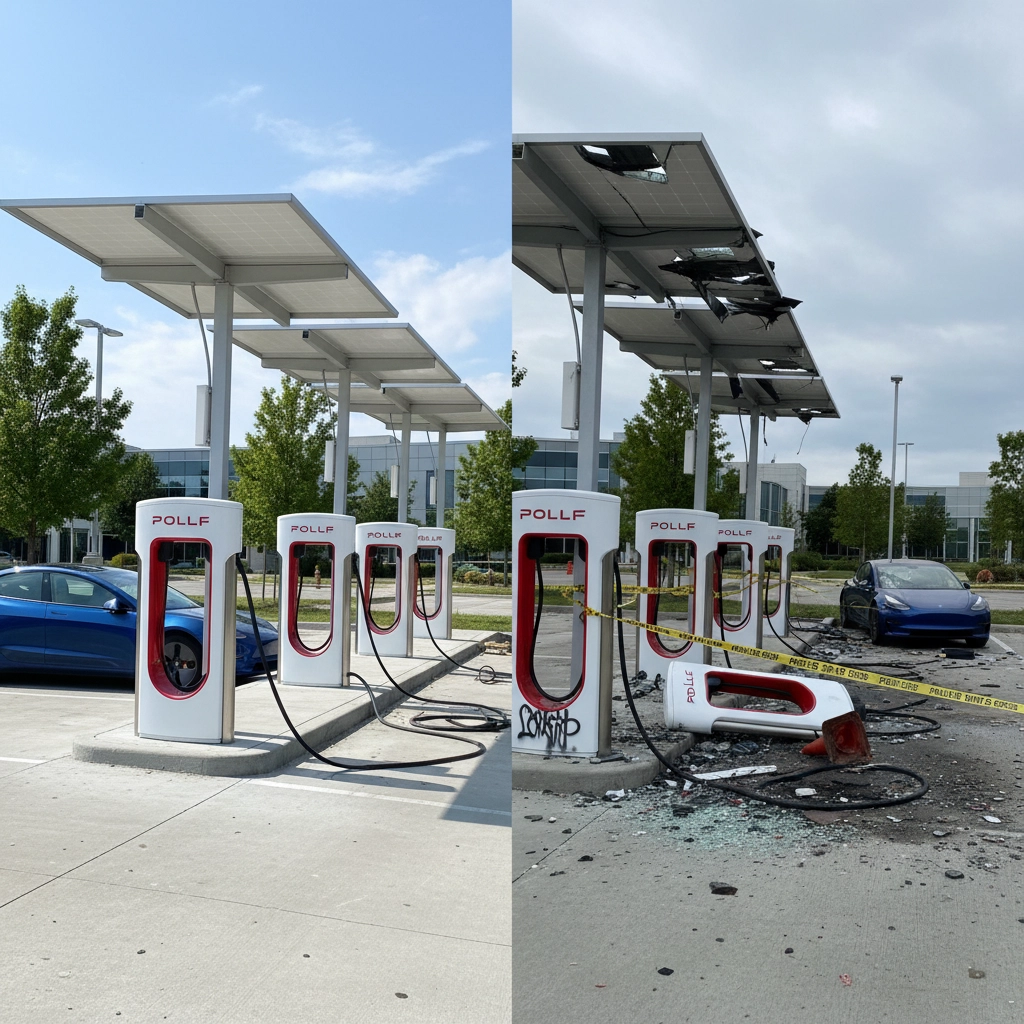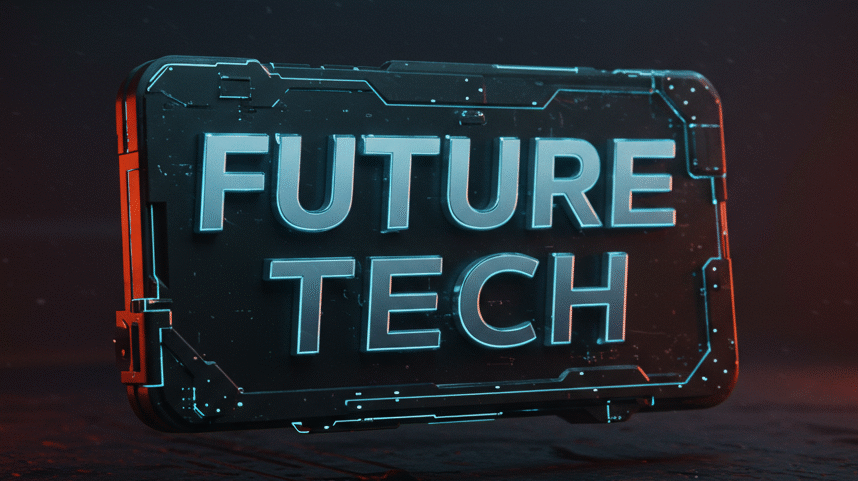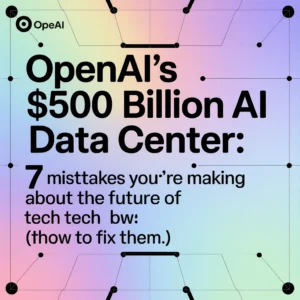Picture this: You're driving your shiny new Tesla to work, battery running low, and you pull up to your usual Supercharger station. Except there's nothing left but charred metal and police tape. Welcome to 2025, where charging your electric car has become a surprisingly political act.
Tesla's Supercharger network, once the crown jewel of EV infrastructure, has become the target of a wave of attacks that's got everyone from the FBI to EV owners scratching their heads. We're not talking about random vandalism here. These are coordinated, deliberate attacks that are reshaping how we think about electric vehicle adoption.
What's Actually Happening to Tesla Superchargers
The incidents started small but escalated quickly. In April 2025, an explosion ripped through a Tesla Supercharger station in Lacey, Washington. Not a malfunction, an actual explosive device that someone planted deliberately. The blast completely destroyed a power cabinet and took the entire 12-stall charging station offline.

But Washington wasn't an isolated incident. Just weeks earlier in March, seven Tesla Superchargers in Littleton, Massachusetts, were deliberately set on fire. Fire crews had to cut power to the entire area before they could even approach the flames. The timing? Suspiciously close to a similar attack at a Tesla dealership near Toulouse, France, where a dozen Tesla vehicles were torched.
These aren't your typical cases of someone cutting charging cables (which, honestly, was already becoming a problem). We're talking about systematic attacks involving:
• Explosive devices planted at charging stations
• Coordinated arson targeting multiple chargers simultaneously
• Organized protests that escalate to property destruction
• Graffiti campaigns specifically targeting Tesla infrastructure
• Cable cutting that appears coordinated across multiple locations
The pattern is clear: someone (or multiple someones) has decided that Tesla's charging network is worth destroying. And they're getting better at it.
Why People Are Targeting Tesla's Charging Network
Here's where things get messy. These attacks aren't happening in a vacuum, they're directly tied to political opposition to Elon Musk. When Musk started making bigger political waves and financial contributions, Tesla became a lightning rod for people who wanted to hit back at him personally.

Think about it from the attackers' perspective. You can't exactly march up to Elon Musk's house and voice your complaints. But Tesla Superchargers? They're sitting out there in parking lots, mostly unguarded, and they represent something tangible you can strike against.
I talked to Sarah, a Tesla owner from Boston, who told me her charging routine has completely changed. "I used to just pull up to any Supercharger without thinking twice," she said. "Now I check social media first to see if there've been any 'incidents' at the station I'm planning to use. It's wild that I have to do that."
The protesters see Tesla as Musk's most visible business, and destroying charging infrastructure sends a message while potentially hurting Tesla's bottom line. Every week for months leading up to the major incidents, Tesla locations worldwide saw significant protests. What started as peaceful demonstrations gradually escalated to include property destruction, car burning, and charging station sabotage.
How Law Enforcement Is Responding
The FBI doesn't mess around when it comes to infrastructure attacks, and they've made that crystal clear. They've created a dedicated task force specifically to investigate acts of vandalism against Tesla, treating many incidents as potential domestic terrorism cases.
That's not an exaggeration, when the Trump administration designated attacks on Tesla infrastructure as "domestic terrorism," it moved these investigations from local cops to federal oversight. The message is clear: mess with charging infrastructure, and you're not just dealing with property damage charges anymore.

Tesla itself has ramped up coordination with law enforcement agencies and utility companies. After the Washington explosion, Tesla issued a statement that was unusually direct: "We're on-site with Lacey Police and FBI, and reviewing camera footage. Also coordinating with Puget Sound Energy to get the Superchargers back online asap. Don't mess with critical infrastructure."
The "critical infrastructure" designation is key here. It means these attacks aren't just seen as property crimes, they're viewed as threats to essential services. That carries much heavier penalties and brings in federal resources that local law enforcement might not have.
What This Means for Your Next EV Purchase
If you're considering buying an electric vehicle, these attacks probably have you wondering about charging reliability. And honestly? You should be wondering about that.
Tesla's Supercharger network has always been their secret weapon. While other EV manufacturers struggled with charging networks that were unreliable, slow, or hard to find, Tesla built a network that just worked. Pull up, plug in, pay with the app, and you're charging. Simple.

But when charging stations become targets for destruction, that reliability equation changes. Here's what it means for EV adoption:
Higher costs are coming. Enhanced security measures, rapid repair capabilities, and coordination with law enforcement all cost money. Those costs will eventually get passed along to consumers through higher charging fees or higher vehicle prices.
Charging anxiety is real again. Remember range anxiety? Well, now we've got charging anxiety: not just "will I find a working charger?" but "will the charger still be there when I arrive?"
Network diversity matters more. The attacks highlight why having multiple charging options is crucial. If Tesla's network becomes unreliable due to attacks, EV owners need alternatives. This could actually accelerate investment in competing charging networks.
Insurance implications. Some insurance companies are already asking questions about where EV owners typically charge their vehicles. Areas with higher incident rates might see higher insurance premiums.
The silver lining? These attacks are forcing the entire EV industry to think harder about infrastructure resilience. Tesla is installing more security cameras, working closer with law enforcement, and designing redundancy into their network. Other charging companies are taking notes.
But here's the bigger question: Are we watching political polarization literally burn down the infrastructure we need for a sustainable transportation future? And if so, what does that say about our ability to tackle climate change when the solutions themselves become political targets?







